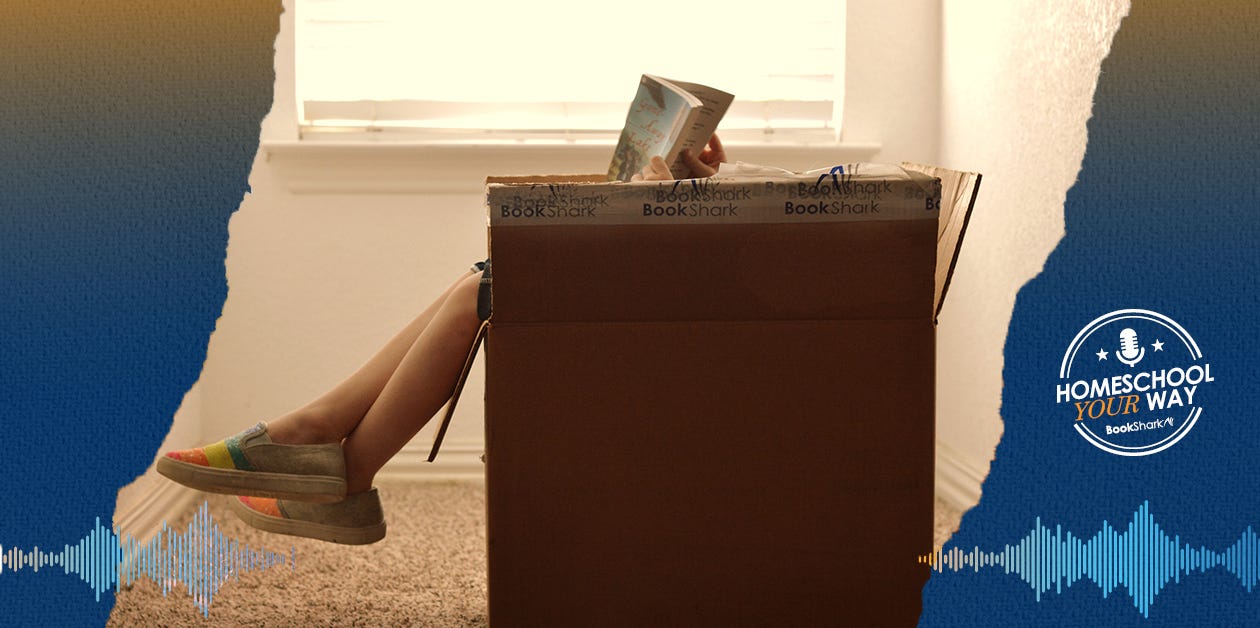Is That Book Fluff or Quality? How to Tell
-
 By
Brenda Priddy
By
Brenda Priddy
- Aug 9, 2017

I am not a fan of fluffy books in which the characters talk about body fluids or boyfriends. And I have reservations about books with disrespectful characters.
I don’t want to stifle my children's desire to read, so I begin an internal dialogue:
- "Is reading a fluffy book better than reading nothing at all?"
- "If my children read fluff instead of higher quality books, will their education suffer?"
This dilemma is hotly debated in the book world, but there isn’t a right or wrong answer. Each family must decide where to draw the line on fluffy books, also called twaddle. At our house, we use the following system:
Children are allowed to read one fluffy book of their choice for every three books that I select for them to read.
When I make the selection, I give my children the choice between two or three books that I have pre-screened. In this way, they are still somewhat in control of what they read.
5 Tips for Finding Excellent Children’s Books
Short of reading every book before passing it along to children, what can a parent do to ensure books are worth reading? I use these steps to identify the quality of a book.
Search Required Reading Lists
I like to check the required reading lists from private schools to see what is included on their reading lists. Another excellent resource are literature-based homeschool curriculums, which not only offer bundles of high quality books but also tie them into other school subjects.
Read the Last Few Pages
 If you are browsing for books at the library or a bookstore, you can skim the last few pages. Usually, this can tell you everything you need to know from the quality of the writing to the level of fluffiness of the book.
If you are browsing for books at the library or a bookstore, you can skim the last few pages. Usually, this can tell you everything you need to know from the quality of the writing to the level of fluffiness of the book.
Examine the Cover
Often, fluffy books are easily identified by the cover. A boy’s book might feature crude drawings. A girl’s will probably have sparkles or a rainbow on it. However, don’t judge books only by the cover. Sometimes odd covers hide excellent books.
Research the Author
It’s easy to look up an author or book on your smartphone. Check out reviews and a plot summary to determine if the story is something you want your children to read.
Find “Best of” Book Lists
Most booksellers now offer yearly lists featuring the best books from the previous year or that publisher’s all-time favorites. These lists will give you exact title names of books to investigate. However, not all books on these lists are non-fluffy. Always check out a book for yourself before handing it over to your children.
Scour the Internet for recommendations from other homeschool parents or educators who you trust. BookShark has an entire Pinterest board devoted to book lists.
Using a combination of these steps, you can easily find books that you and your children will love. And if a book is too boring or difficult for your children to read, try reading it to them. Many children are surprised how interesting a boring book can be when it is read to them.
About the Author
Brenda is a professional writer and homeschooling mother to two girls in Dallas, TX, with a passion for books, DIY, and creative education. Her blog, Schooling a Monkey, is all about homeschooling, crafts, green living, and fun. Keep up with the fun here!













